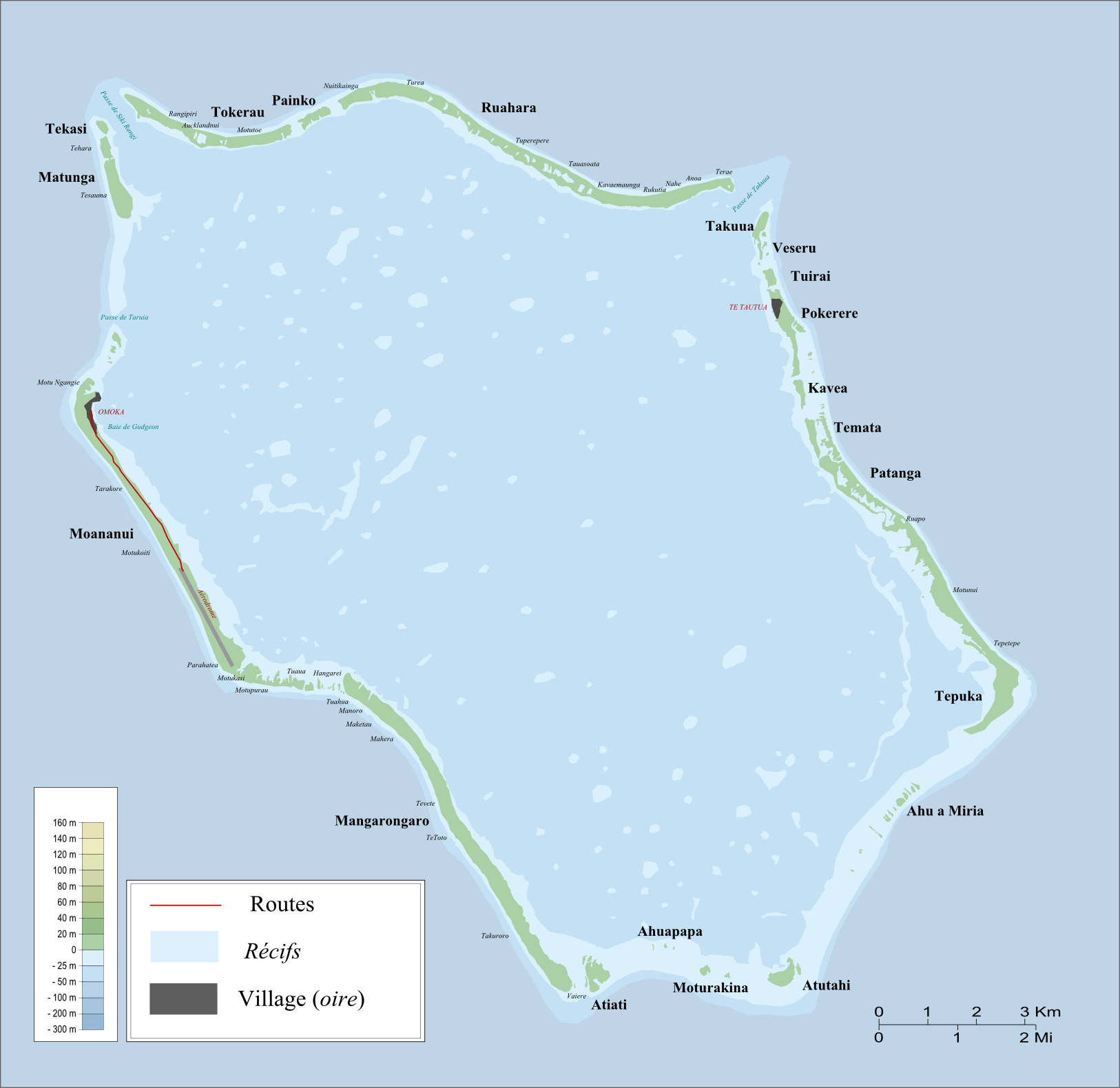Penrhyn Life Part 1 - An Introduction
I suppose you may be wondering, just as I did, how the people of Tongareva Henua (Penrhyn Island) live; what constitutes a livelihood here. How one of the most geographically isolated atolls in the Pacific can be home to a small yet successful community. In the next five parts, I hope to shed some light on this little known slice of paradise.
First, I must apologise to the people of Penrhyn who may read this. I apologise if it all seems trivial, if perhaps the obvious is being stated, and if important information, good or bad, is omitted. These are my sincere observations after three months in your beautiful home. It must also be understood that most people who read this will have never caught a fish, husked a coconut, combined the two, then eaten that meal under the shade of a coconut palm, or under a tin roof they built themselves; for these people, myself included, everything about Penrhyn is different and interesting.
Now, I had better start with some very rudimentary geography, to put it all into perspective. The islands of the Pacific are broken into three distinct cultural and linguistic groups, these are: Micronesia, Melanesia and Polynesia. They all stem from the Austronesian expansion from SE Asia between 1500 and 1000 BC, when people started to explore and settle the previously inhabited islands of the Pacific, they travelled as far as Easter Island to the east, and Madagascar in the west. Truly astounding feats of navigation and seamanship. The exact manner in which the islands of the Pacific were populated and their eventual distinction into the three cultural groups is still clouded by much mystery, and debate still rages as to whether this discovery was accomplished by accidental drifts or purposeful voyages. There is still so much to uncover and discover about the pre-history of the Pacific, but this is not for us to dwell on, for now anyway.
We will start with Micronesia, these islands are spread over the north-west tropical Pacific, encompassing the nations of the Marshall Islands, Federated States of Micronesia (FSM), Kiribati, Pohnpei, as well as others. There are no large islands in Micronesia and the entire population of the region is little over 110 000. When I think of Micronesia, I think of traditional sailing canoes, I think of World War II, I think of American ties and support, I think of a strong culture and a proud people whose outward appearance is a clear reminder of their distant Asian heritage.
Melanesia consists of numerous smaller islands and atolls as well as larger islands including Papua, The Solomons, New Caledonia and Fiji. For me, Melanesia conjures up images of dark, fuzzy hair, dense rainforests, active volcanoes, dugout canoes and spears. I think of a proud tribal people, many of whom live very traditional, subsistence lives. I also think of Suva, Port Vila - substantial cities that are home to a broad range of people who live a broad range of lifestyles. Melanesia is home to over 11.6 million people.
Polynesia - The crown of the Pacific, stretching from Easter Island, to Hawai’i, to New Zealand, and encompassing Tonga, Samoa, The Cook Islands, French Polynesia, Tokelau, Tuvalu and Niue; this is the heartland of the Pacific. The home of many a romantic notion lies right here in Polynesia. Tahiti, the jewel of the crown, became ‘classic’ in the 19th century when whaling ships, trade and missionaries began to penetrate the Pacific from the east. It was their accounts of meeting with a people as beautiful and hospitable as the landscapes they inhabited that really gave Polynesia its reputation, something it still holds to this day. This vast region can be many things to many people; it can be island bungalow resorts in French Tahiti, the hustle and bustle of Hawaii or the Maoris of New Zealand. For me, Polynesia can be a small coral atoll or a volcanic island, inhabited by large, smiling, friendly people, a worldly bunch. I think of block homes with tin roofs, outboard motors, petrol bikes, subsistence fishing, hats and strict Sundays. Penrhyn is a perfect example.
Penrhyn, like many Pacific Islands, is a coral atoll - a thin circle of land enclosing a lagoon. This coral formation is perched atop the ring of an ancient, sunken volcano, the land is sandy and relatively infertile, and the highest part of the island is only a few meters above sea level. The entire atoll is encircled by a beautiful yet dangerous coral reef. You may wonder how anyone can survive on an such isolated and infertile island, yet survive they do, with style and grace. There are two villages on Penrhyn; Omoka and Tetautua. Currently Omoka is home to about 165 people, and Tetautua, on the eastern side of the atoll, is home to about 35. Both villages have an administration building, school, church and Sunday school. First, we’ll take a look at the island homes, how a family on Penrhyn comes together, as well as the buildings themselves. Next we’ll jump aboard a dinghy, pull the starter cord, and aim for the western pass, dinner must be caught. In part three we’ll get back to town, back home, and see how the women earn their income, how they weave the famous ‘rito’ hats. In the final chapter, we’ll be documenting a Sunday on Penrhyn; the activities of the church and how it impacts the lives of these pious people.




